Flavor and taste characteristics of eight coffee growing areas in Costa Rica how to make good coffee beans in Monster Manor
All eight coffee growing areas in Costa Rica have ideal conditions for growing Arabica coffee trees. Most of the more than 50000 small farms are located in the mountains, enjoying volcanic soil, perfect climatic conditions and a long period of maturity. When buying Costa Rican coffee, please check the grower information on the label. Beans can come from several large producing areas on the map:
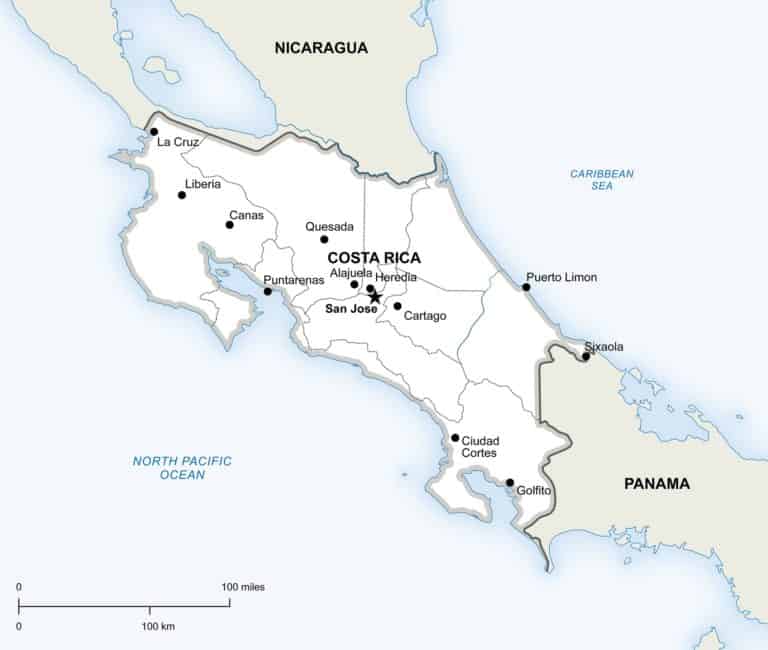
Central Valley
Located to the east of the western valley growing area, in the central highlands, it is not surprising that we have a central valley. Coffee grown in the central valley accounts for about 15% of the country's coffee production. The growth here is between 1000 and 1200 meters above sea level, and coffee grows in tropical volcanic soil, providing a high level of nutrition for plants.
Tres R í os
Just a few kilometers from the country's capital, San Jose, it is located on the hillside of Mount Ilasu and is a wonderful growing area of Tres R í os. Geographically, Tresrios is one of the smallest areas in the county. Because of its small area, the climate and soil of the area are more or less the same from farm to farm.
The coffee grown here is grown at high altitudes up to 1650 masl. The region is famous for its amazing coffee, which is as good as any coffee from Terrazu, with flavors such as orange peel, drupe and honey.
Turrialba
Turrialba's growing area, named after its southwestern volcano, is one of the wettest areas in the country. The wettest means that it gets a lot of rain and is reasonable all year round. As a result, there are many harvests in the region every year.
The coffee cherries here can grow up to 1400 masl, characterized by a big head.
In the cup, coffee from Turrialba has a delicate aroma, light body and mild acidity.
Brunca
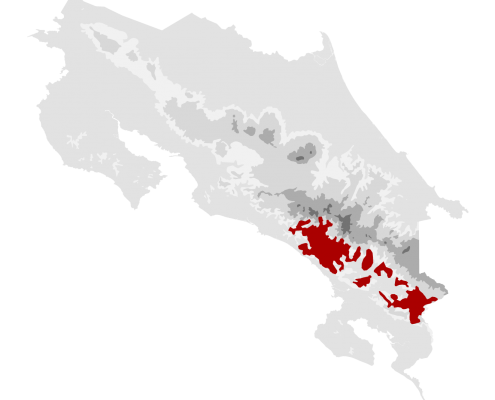
Brenka is the southernmost coffee producing area of Costa Rica. It is the country's third-largest coffee producer, after West Valley, accounting for 20% of the country's coffee production. Most of the coffee grown in Brunca is usually grown at an altitude of 800 to 1200 Masr, much lower than Terrazu and West Valley. Although the cultivation here is at a lower altitude, the farms in the area grow coffee at a much higher height, close to 1700masl.
Coffee from the Brenka lowlands and Midlands usually has a very soft flavor, while coffee at higher elevations, such as the 1700-meter Perez Zeledan, is more complex with orange and jasmine aromas in the cup.
Guanacaste
The Guanacaster planting area is mainly composed of many small producers scattered over a considerable area. Due to the high temperature, coffee plants in Guanacaster grow in the shade of various trees. The coffee here grows between 600 and 1300 Masr above sea level. Partly because of the warm climate in the area, the coffee beans produced here are very soft when roasted, so they are not very popular.
The coffee in Guanacaster has a distinct bitter and salty taste.
Tarraz ú
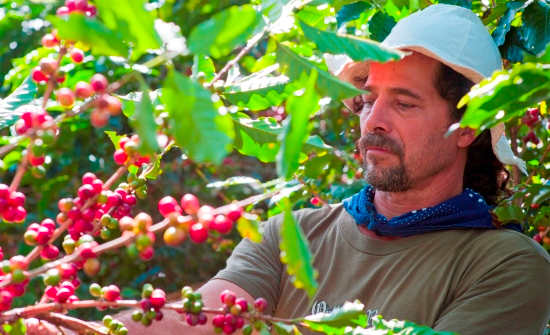
Tarasu is almost famous for its magnificent scenery of flowering coffee plants that pass through dense forests during the growing season because it produces amazing coffee after harvest. Coffee from the Tarrazu region of Costa Rica usually shows some great flavor characteristics, somewhere in the cup, floral, vanilla, cocoa, orange, nougat and caramel.
The coffee produced here is considered to be the best coffee in the country and, for some, the best coffee in the world during the growing season, which is also the rainy season for Terrazu, where there are about 10000 people. During the harvest season, which coincides with the dry season, the number of residents has roughly tripled. Partly because the climate is cool and humid for most of the year and the conditions for drying coffee are not ideal, many factories in the region are producing washed coffee and using mechanical dryers instead of natural or honey processing methods.
Orosi
The Orosi region, 40 kilometers from the capital San Jose, is one of the oldest coffee growing areas in the country. Coffee production in this area can be traced back more than 100 years.
These coffees usually have a strong cocoa flavor, full of acidity and sweetness. The region has an average of 210 rainy days a year and high humidity, which means it is considered one of the wetter parts of Costa Rica.
Coffee grown in Orosi is grown in nutrient-rich volcanic soil between 1000 and 1400 meters above sea level.
West Valley
West Central Valley is the westernmost coffee-growing region of Costa Rica, which accounts for about 25 per cent of the country's total coffee production. Coffee crops grown here are usually grown at elevations below Tarrazu-between 1200 and 1700 masl. This is the source of much of the country's natural and honey-processed coffee, although many producers here also process washed coffee. One might think that coffee cherries are of lower quality because the coffee grown in Westvalley is lower than Tarrazu. While this may be true in some cases, it is certainly not a safe and comprehensive statement-in recent years, the region has had a high percentage of Costa Rican Cup Excellence winners. In the cup, people can usually expect anything, from chocolate and honey to drupes such as peaches and apricots, in the case of naturally processed coffee, and even tropical fruits such as jackfruit and pineapple.
The front street of Monster Manor in the western valley of Costa Rica has sweet and sour coffee beans, sweet and sour grapes, cinnamon and gingerbread aromas, sweet caramel, middle cherry juice and honey finish.
Important Notice :
前街咖啡 FrontStreet Coffee has moved to new addredd:
FrontStreet Coffee Address: 315,Donghua East Road,GuangZhou
Tel:020 38364473
- Prev
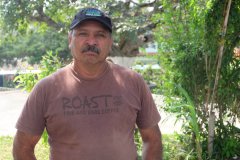
El Salvador COE Competition Champion Coffee Bean Manor Podosi History Story Olive Tree Manor Introduction
The coffee industry is crucial to El Salvador's economic growth and is a catalyst for road and rail construction. Although it is less important to today's economy, coffee remains one of its signature crops. Coffee plantations account for 12 per cent of El Salvador's arable land and employ approximately 135,000 workers. Front Street is here to share with you the first coffee plantations from El Salvador.
- Next
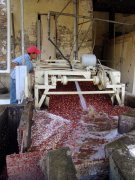
Three main treatment methods of Costa Rican coffee raw beans Villa Manor Coffee beans Red Honey treatment process Flavor
Most of the coffee we see from Tarasu is washed coffee. Generally speaking, washed coffee has a very clean flavor. When you taste washed coffee, you mainly taste the coffee seeds and roasted flavor. Where the fruit comes from, ideally, the process it goes through has no external influence. Pick ripe coffee cherries from trees during harvest
Related
- Detailed explanation of Jadeite planting Land in Panamanian Jadeite Manor introduction to the grading system of Jadeite competitive bidding, Red bid, Green bid and Rose Summer
- Story of Coffee planting in Brenka region of Costa Rica Stonehenge Manor anaerobic heavy honey treatment of flavor mouth
- What's on the barrel of Blue Mountain Coffee beans?
- Can American coffee also pull flowers? How to use hot American style to pull out a good-looking pattern?
- Can you make a cold extract with coffee beans? What is the right proportion for cold-extracted coffee formula?
- Indonesian PWN Gold Mandrine Coffee Origin Features Flavor How to Chong? Mandolin coffee is American.
- A brief introduction to the flavor characteristics of Brazilian yellow bourbon coffee beans
- What is the effect of different water quality on the flavor of cold-extracted coffee? What kind of water is best for brewing coffee?
- Why do you think of Rose Summer whenever you mention Panamanian coffee?
- Introduction to the characteristics of authentic blue mountain coffee bean producing areas? What is the CIB Coffee Authority in Jamaica?

